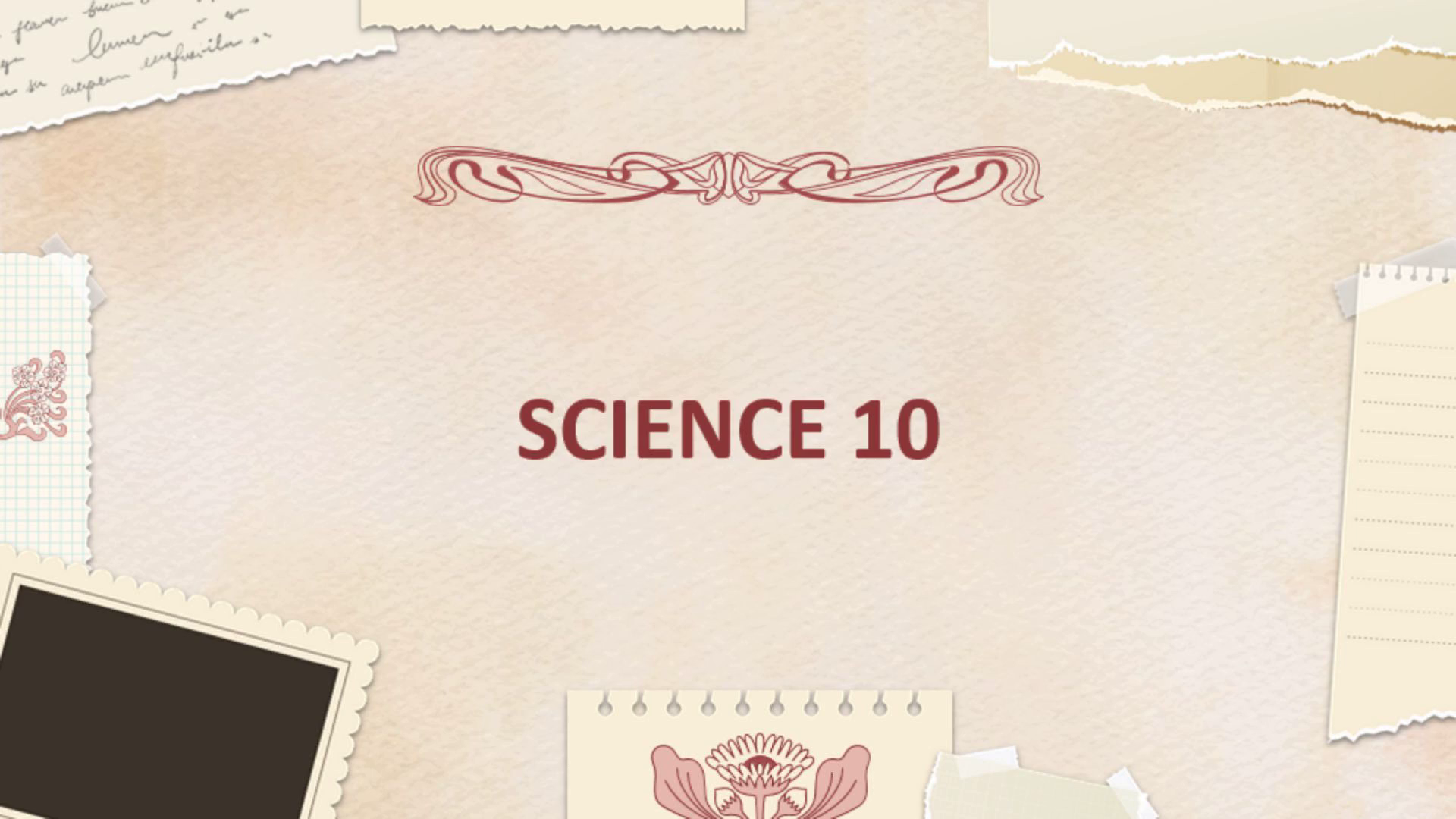Scene 1 (0s)
[Audio] Good day everyone. Welcome to today's lesson where we embark on a thrilling journey through the fascinating world of plate boundaries...
Scene 2 (10s)
[Audio] In this topic our Objective is Describe the different types of plate boundaries..
Scene 3 (21s)
[Audio] To start our lesson, try to answer the first activity. Match the movements of the plates shown in Column A with the corresponding descriptions in Column B. Based on the illustration provided..
Scene 4 (38s)
[Audio] Now, let's check the first activity. If you got all the correct answers, you are awesome! Now that you understand the movement of plate boundaries, let's identify the different types of plate boundary by completing the second activity..
Scene 5 (56s)
[Audio] In this activity identify the type of plate boundary describe in the riddles. You can choose your answer from the choices inside the box below. First Riddle : I'm where plates come together, converging in a grand embrace, creating mountain ranges and seismic shakes. What am I? Answer: Convergent Plate Boundary.
Scene 6 (1m 14s)
[Audio] Second Riddle: At my boundary, plates pull apart, diverging with a rift, spewing molten rock to form new crust. What am I? Answer: Divergent Plate Boundary.
Scene 7 (1m 26s)
[Audio] Third Riddle: My realm is where plates slide past each other, grinding in a silent dance, causing earthquakes and fault lines. What am I? Answer: Transform Fault Boundary.
Scene 8 (1m 39s)
[Audio] Fourth riddle: My realm is where plates slide past each other, grinding in a silent dance, causing earthquakes and fault lines. What am I? Answer : Divergent Plate Boundary.
Scene 9 (1m 54s)
[Audio] And for the last riddle: My realm is where plates slide past each other, grinding in a silent dance, causing earthquakes and fault lines. What am I? Answer: Convergent Plate I HOPE ENJOYED THE ACTIVITIES..
Scene 10 (2m 8s)
[Audio] Now let us proceed to our discussion. First let us define What is a plate boundary? A plate boundary is a boundary between two tectonic plates where the plates are moving horizontally or vertically in opposite directions not against or away from each other.
Scene 11 (2m 28s)
[Audio] There are three kinds of plate tectonic boundaries: divergent, convergent, and transform plate boundaries..
Scene 12 (2m 38s)
[Audio] This image shows the three main types of plate boundaries.
Scene 13 (2m 51s)
[Audio] As you can see in the illustration Convergent Boundaries: Plate boundaries are regions where two tectonic plates move towards each other and collide. Example: The collision of the Indian Plate and the Eurasian Plate, forming the Himalayas..
Scene 14 (3m 13s)
[Audio] Divergent Boundaries: Plates move apart from each other, creating new crust as magma rises to fill the gap. Example: The Mid-Atlantic Ridge, where the Eurasian Plate and North American Plate are moving apart, creating new ocean crust..
Scene 15 (3m 38s)
[Audio] Transform Boundaries: Plates slide past each other horizontally, causing earthquakes along the fault lines. Example: The San Andreas Fault in California, where the Pacific Plate and the North American Plate slide past each other..
Scene 16 (4m 1s)
[Audio] Remember plate boundaries play a crucial role in shaping the Earth's surface and geology. By identifying and describing convergent, divergent, and transform boundaries, we can better comprehend the dynamic processes that occur within the Earth's lithosphere. ..
Scene 17 (4m 34s)
[Audio] This knowledge is essential for understanding natural phenomena such as earthquakes, volcanic eruptions, and the formation of mountain ranges..
Scene 18 (5m 6s)
[Audio] And now let us check what you have learned from our discussion. Study the map and Identify the plate boundaries occurs between the following plates. Number1. Eurasian and Philippine Plate Number 2 North America and Pacific Plate Number 3. Eurasian and Indian Plate.
Scene 19 (5m 36s)
[Audio] Number 4. African Plate and South American Plate. Number5.South American and Nazca Plate.
Scene 20 (6m 6s)
[Audio] Let us check your work, here are the answer Number 1. Eurasian and Philippine Plate is a Convergent plate boundary Number 2 North America and Pacific Plate is a Transform plate boundary Number 3 Eurasian and Indian Plate is Convergent Plate boundary Number4. African Plate and South American Plate is a divergent plate boundary Number 5 South American and Nazca Plate Convergent plate boundary.
Scene 21 (6m 38s)
[Audio] At this moment let us apply what you have learned from our lesson. In a short bond paper Create drawings that depict the motion of plate boundaries. You will be grade base on the scoring rubrics provided. have some fun….!!!.
Scene 22 (7m 3s)
[Audio] Before I end this lesson, keep in min that Studying feels like navigating plate boundaries—sometimes converging with new ideas, diverging from distractions, and transforming our understanding. Just like tectonic plates, we collide with challenges, drift from the familiar, and reshape our knowledge. So, let's embrace the journey, for in the convergence of effort, the divergence of distractions, and the transformation of understanding, lies the beauty of learning. This is all for today. Thank you for attending my class. See again tomorrow..
